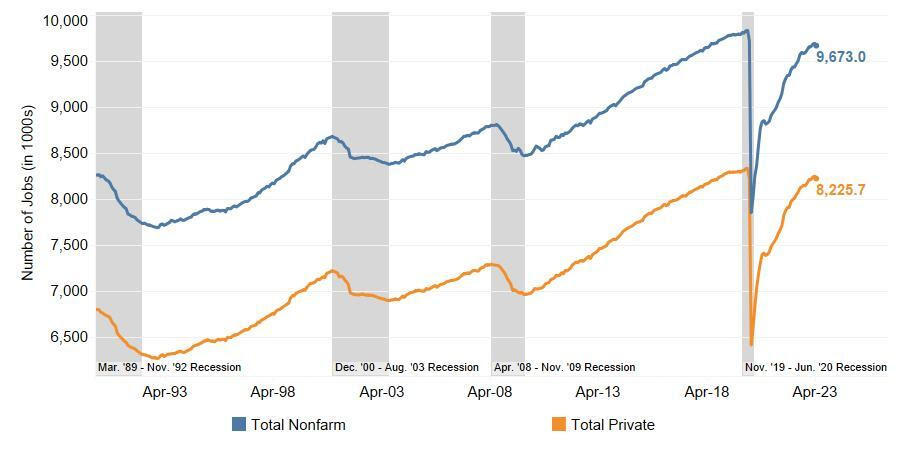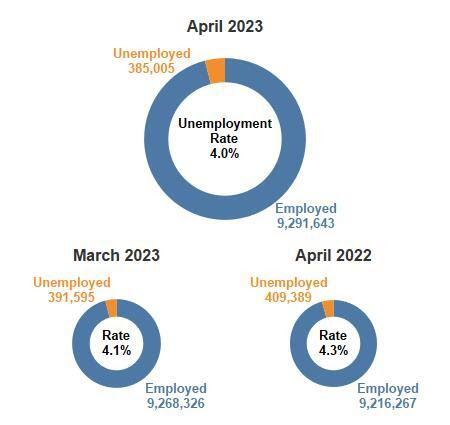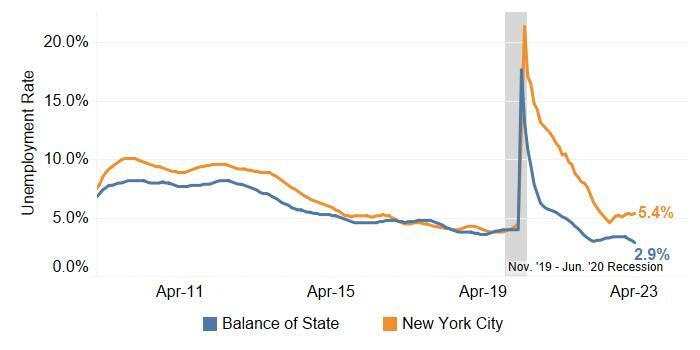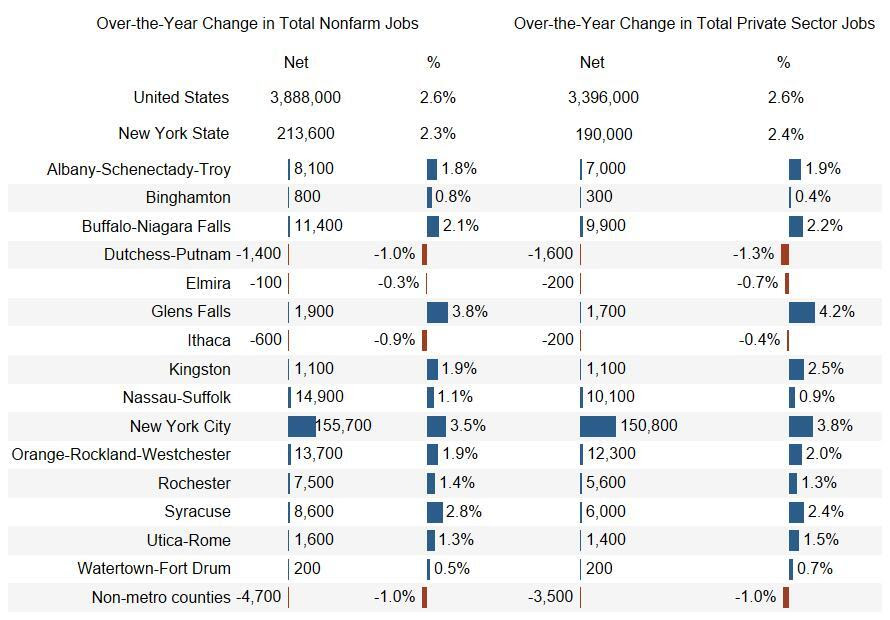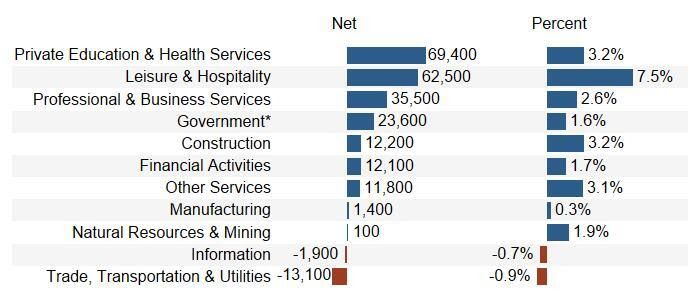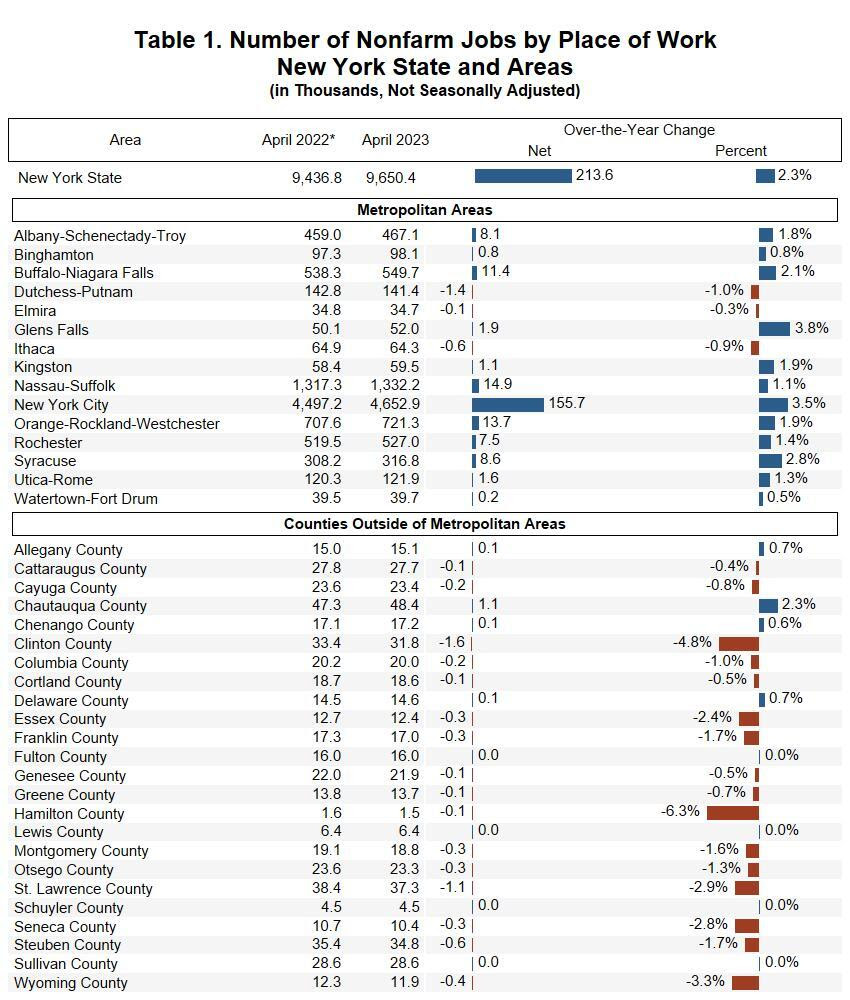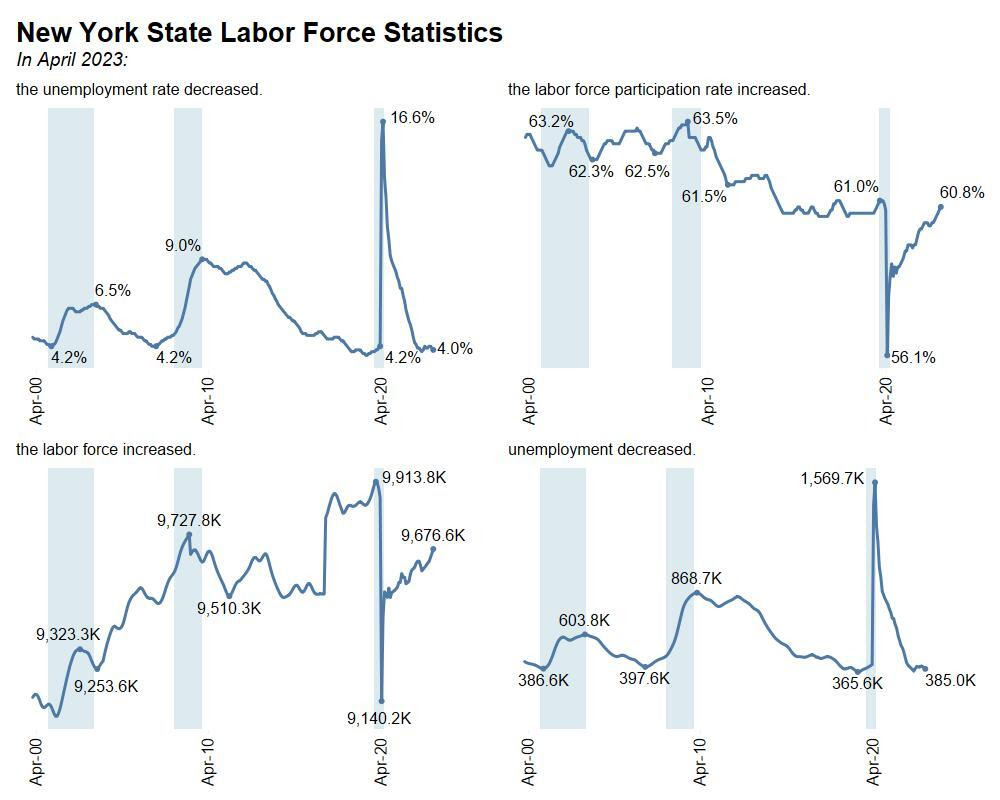The $229 billion Enacted Budget for State Fiscal Year (SFY) 2023-24 includes new recurring spending for schools, mental health services, and health care, as well as resources for the Metropolitan Transportation Authority (MTA) and for emergency rental assistance. Preliminary estimates show All Funds spending will grow nearly 4% year-over-year amid a projected drop in revenues and as temporary federal aid is spent down, according to an analysis by State Comptroller Thomas P. DiNapoli.
Earlier in the week, DiNapoli reported that state tax collections in April totaled just over $10.9 billion, a $7.2 billion, or 39.9%, decrease from last April, and $4.4 billion lower than projections in the Division of the Budget’s (DOB) 2024 Updated Executive Budget Financial Plan, the most recent plan available. The decline was primarily in the Personal Income Tax (PIT).
“The Enacted State Budget funds critical services, including fully funding Foundation Aid for our schools, programs to help New Yorkers that are still struggling in our post-pandemic world and stabilizing the MTA after massive ridership declines,” DiNapoli said. “It also comes at a time when revenues appear to be softening, inflation persists, and the federal government has yet to reach a deal on the debt ceiling. The state has made progress in building up reserve funds, but policymakers need to carefully monitor the economy and work to put the state on a sustainable fiscal course.”
Decline in Projected Revenues
Based upon DOB’s most recent Financial Plan projections, as well as Executive and legislative estimates associated with changes included in the Enacted Budget, All Funds revenues for SFY 2023-24 are projected to be almost $9.2 billion, or 3.9%, lower than SFY 2022-23. These declines include a forecasted reduction in tax receipts of $3.5 billion, or 3.2%. This follows a decrease in tax revenues of 7.8% in SFY 2022-23. Lower collections were primarily concentrated in the PIT reflecting an estimated 26% decline in Wall Street bonuses, the volatility in the financial markets and its impact on estimated payments throughout the year, as well as the tax credits claimed for the first year of the Pass-Through Entity Tax.
Early Revenue Concerns
Although only a month into the new fiscal year, April tax collections may be a cause for concern, particularly the PIT. April PIT collections totaled $7.5 billion, 49.4% below last year. While a year-over-year decline was anticipated, these revenues were 39.1% lower than DOB cash flow projections for April contained in its most recent Financial Plan.
According to reports from the Department of Taxation and Finance, the net settlement for the 2022 tax year totaled $3.6 billion, 66.3% lower than that for 2021. In addition to these settlement payments, April collections also include quarterly estimated payments for tax year 2023; these payments were $531.7 million in April, 33.6% lower than the same month last year.
Spending Overview
All Funds spending is forecast to be $229 billion, 3.9% higher than SFY 2022-23. On a State Operating Funds basis, spending is projected to total $127.2 billion, an almost 3% year-over-year increase and a 24.5% increase since SFY 2019-20. On a General Fund basis, spending is forecast to total $108.1 billion, a 16.5% year-over-year increase and an almost 40% increase since SFY 2019-20. The report notes that much of the increased spending is recurring and may present a growing fiscal challenge to the state, particularly as temporary federal aid wanes and if a more pronounced or extended economic downturn occurs.
Reserve Funds
As DiNapoli has consistently pointed out, the state has underfunded its statutory reserve funds for decades. Some progress has been made to increase the size of reserve funds since 2019. By the end of SFY 2022-23, statutory rainy day fund balances had increased to $6.26 billion (compared to $1.8 billion in SFY 2014-15). The Enacted Budget contains provisions that would allow the state to continue this progress. For the statutory Rainy Day Reserve Fund, the Budget increases the maximum balance to 25% of General Fund spending, and maximum annual deposits to 15% of General Fund spending. Compared to prior law, the increased limits will result in an estimated $10.7 billion increase in maximum allowable Rainy Day Reserve Fund levels based on forecasted SFY 2023-24 General Fund spending.
However, it is unclear what the state’s plans are for additional contributions to the statutory rainy day reserve funds. DiNapoli said policymakers should require mandatory deposit levels and increase reliance on the more restrictive statutory reserve funds, rather than informal reserves, so the state is better prepared for the next economic downturn or unexpected event.
Poor Debt Practices Persist
The Enacted Budget includes provisions that bypass Debt Reform Act protections, including the state’s debt cap. For example, the Gateway Project debt (increased by $500 million, to a total of $2.85 billion) is structured as a federal loan, to be repaid by the state through a service contract mechanism. This utilizes a Debt Reform Act loophole to avoid being counted toward the state’s debt limit. It also reduces transparency and accountability by inappropriately classifying the Gateway loan in a modified classification of state-related debt, inconsistent with past practice.
The Enacted Budget reauthorized the ability to issue state-supported bonds for MTA purposes with maturities up to 50 years, far exceeding the Debt Reform Act’s 30-year maturity limit for all state-supported debt. It also authorized up to $4 billion in short-term cash flow borrowings during SFY 2023-24, including up to $3 billion in PIT Notes and $1 billion in lines of credit.
Oversight
Continuing an ill-advised pattern, the Enacted Budget authorizes nearly $5 billion in state spending without protections such as competitive bidding and State Comptroller review and approval of contracts before they become effective. In addition, it includes provisions that disregard Section 163 of the State Finance Law or other competitive bidding requirements that total an additional approximately $2.5 billion.
DiNapoli’s office will provide a report on operating spending, capital commitments and debt affordability after DOB releases the Enacted Budget Financial Plan.
Report


